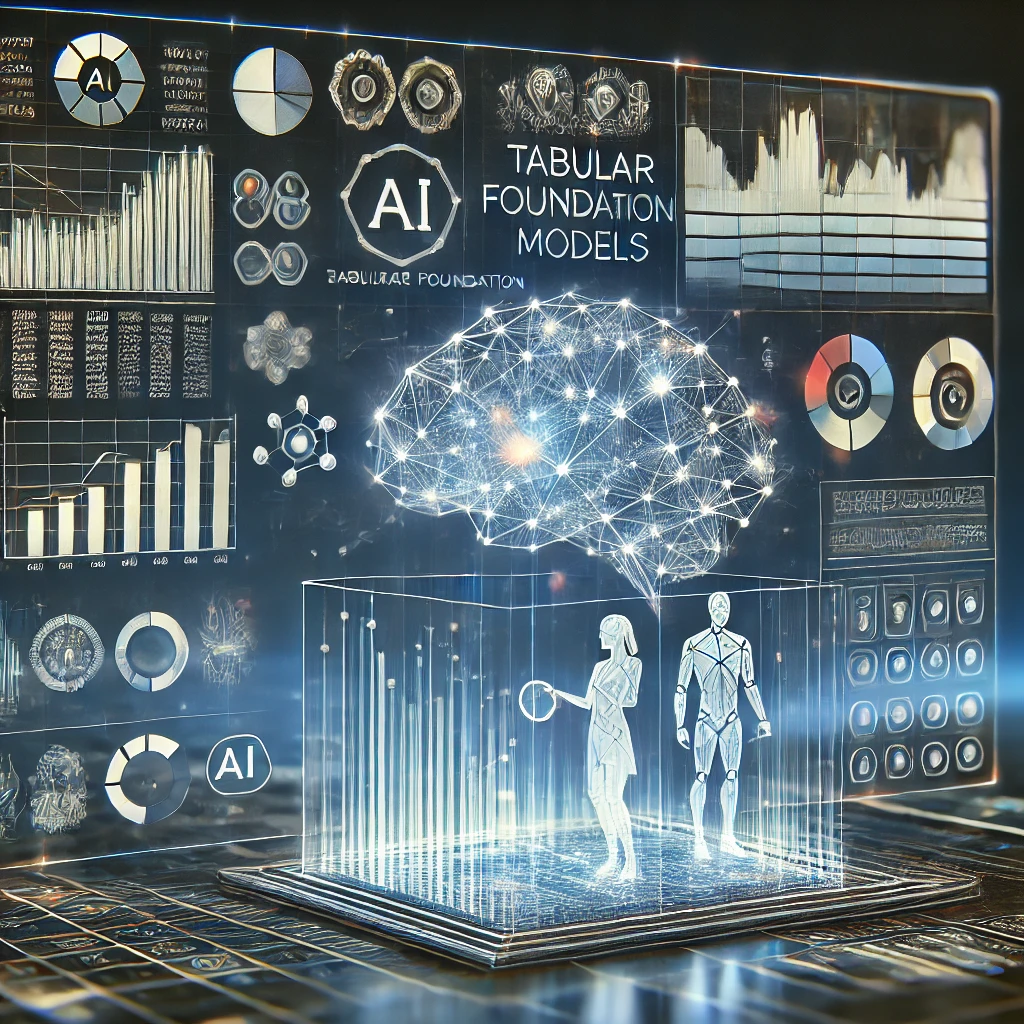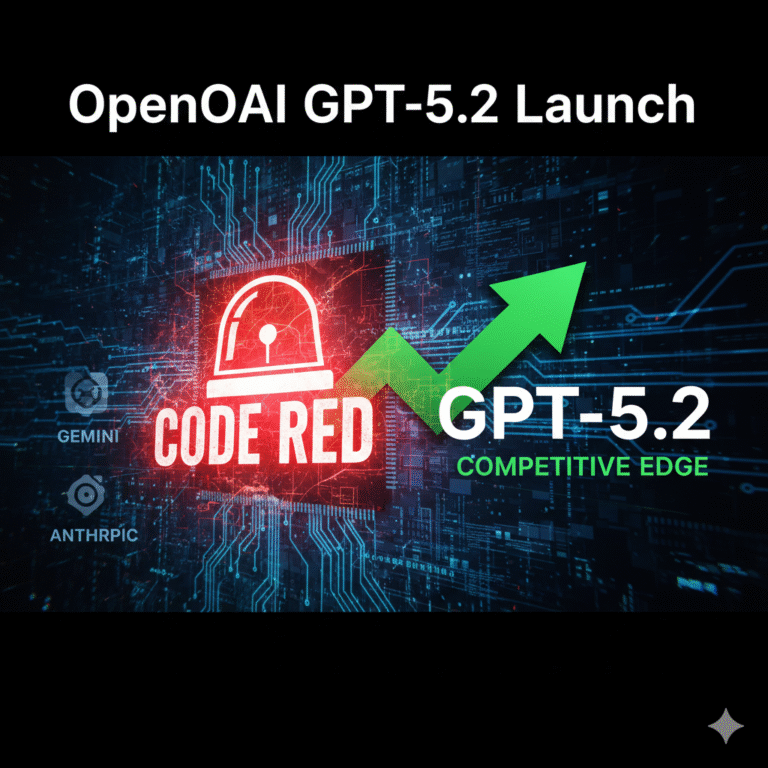In the era of big data, machine learning models often require vast amounts of training data to achieve high accuracy. However, many real-world applications lack access to large datasets, making traditional AI methods less effective. This challenge has driven researchers to develop tabular foundation models, which can deliver accurate predictions even with small datasets.
By leveraging pre-trained knowledge, tabular foundation models adapt to new tasks with minimal data, making them a powerful tool for industries where data collection is costly or limited. In this blog, we explore the role of tabular foundation models, how they enhance prediction accuracy with small data, and their implications for various sectors.
Understanding Tabular Foundation Models
What Are Tabular Foundation Models?
Tabular foundation models are a new class of AI models specifically designed to process structured tabular data. Unlike deep learning models that primarily excel in image or text processing, these models are optimized for structured data formats found in spreadsheets and relational databases.
Key characteristics of tabular foundation models:
- Pre-Trained on Diverse Datasets: They leverage large-scale tabular datasets for pre-training before being fine-tuned on smaller datasets.
- Feature Embedding and Representation Learning: They use transformer-based architectures to capture relationships between data points.
- Generalization to Small Data Tasks: Their ability to adapt to new datasets with limited training data makes them highly efficient.
Why Small Data Is a Challenge for Traditional AI
Most machine learning models, including neural networks, require large amounts of labeled data to achieve high accuracy. Small datasets often lead to:
- Overfitting, where models memorize patterns instead of generalizing from them.
- Poor generalization, as insufficient training examples fail to capture real-world variations.
- Difficulty in hyperparameter tuning, as fewer examples mean less robust model optimization.
Tabular foundation models overcome these limitations by transferring learned representations from extensive pre-training datasets to small-data applications.
How Tabular Foundation Models Improve Predictions on Small Data
1. Transfer Learning for Tabular Data
Just as large language models (LLMs) like GPT-4 are pre-trained on diverse text sources, tabular foundation models are pre-trained on a wide range of structured data. This enables them to extract meaningful patterns that generalize across different small datasets.
- Pre-trained model fine-tuning: A model trained on thousands of datasets can be fine-tuned on a small dataset with minimal computational cost.
- Domain adaptation: The knowledge learned from one industry (e.g., finance) can be transferred to another (e.g., healthcare).
2. Self-Supervised Learning for Feature Extraction
Self-supervised learning techniques allow tabular foundation models to identify relationships between columns in a dataset without requiring labeled data.
- Masked Value Prediction: The model learns to predict missing values based on existing patterns.
- Contrastive Learning: It distinguishes between similar and dissimilar data points, improving generalization.
- Anomaly Detection: It identifies inconsistencies in small datasets, leading to cleaner data for predictions.
3. Meta-Learning for Rapid Adaptation
Meta-learning, or “learning to learn,” enables models to quickly adjust to new datasets with minimal fine-tuning. This is especially beneficial for:
- Medical research, where patient data is often limited.
- Fraud detection, where fraudulent cases are rare but crucial to identify.
- Manufacturing and quality control, where small datasets dictate predictive maintenance models.
4. Regularization and Uncertainty Quantification
To prevent overfitting and enhance reliability, tabular foundation models employ techniques such as:
- Dropout and Bayesian Inference: Reducing dependency on specific training examples.
- Confidence Estimation: Predicting uncertainty to guide decision-making in critical applications.
- Data Augmentation for Tabular Data: Synthetic data generation to expand training samples.
Real-World Applications of Small Data Predictions
1. Healthcare and Medical Diagnosis
Challenge: Medical datasets are often small due to patient privacy concerns and expensive data collection.
Solution: Tabular foundation models trained on large biomedical datasets can be fine-tuned for disease prediction with minimal patient records.
- Example: AI-assisted early cancer detection models trained on small, localized hospital datasets.
2. Finance and Risk Assessment
Challenge: Credit scoring for new customers has limited historical data, making risk assessment difficult.
Solution: Pre-trained tabular models adapt to new financial environments, improving predictions with fewer transactions.
- Example: AI-driven credit approval systems using small borrower profiles.
3. Supply Chain and Logistics Optimization
Challenge: Predicting supply chain disruptions based on limited historical events.
Solution: AI models transfer knowledge from global logistics data to regional supply chains, improving demand forecasting.
- Example: Small retailers optimizing stock levels based on macroeconomic trends.
4. Scientific Research and Environmental Studies
Challenge: Climate models rely on limited field data in remote regions.
Solution: Tabular AI models combine small observational datasets with large-scale global trends to improve climate predictions.
- Example: AI-powered forest conservation models analyzing small biodiversity datasets.
5. Manufacturing and Predictive Maintenance
Challenge: Industrial sensors generate small datasets for specific machine failures.
Solution: AI models trained on similar machinery can predict failures in new environments with limited sensor data.
- Example: AI-driven fault detection in aircraft engines using a small number of recorded failures.
Challenges and Future Prospects
1. Model Interpretability and Trust
Unlike traditional statistical models, foundation models operate as black boxes. Improving transparency through explainable AI (XAI) techniques is crucial for adoption in regulated industries like healthcare and finance.
2. Ethical Considerations and Bias
Foundation models trained on biased datasets may inherit and propagate biases. Ongoing research focuses on:
- Fairness-aware training strategies.
- Bias detection and mitigation techniques.
3. Computational Efficiency
Training large foundation models requires significant computational resources. Research in efficient fine-tuning and low-resource adaptation is making these models more accessible.
4. Expanding Industry Adoption
As foundation models become more refined, we expect broader adoption in:
- Small business analytics.
- Government policy planning.
- Smart cities and infrastructure monitoring.
Conclusion
Tabular foundation models represent a major leap forward in AI’s ability to make accurate predictions from small datasets. By leveraging transfer learning, self-supervised learning, and meta-learning, these models unlock new possibilities for industries where data scarcity has historically been a barrier.
From healthcare and finance to environmental research and logistics, the ability to extract insights from minimal data opens doors to improved decision-making and real-world impact. As AI continues to evolve, we can expect further advancements in tabular foundation models, making them even more powerful and accessible across diverse applications.
With their ability to enhance predictive accuracy, reduce data dependency, and support small-data environments, tabular foundation models are set to transform industries that rely on structured data analysis.
Also Read:
New AI model TabPFN enables faster and more accurate predictions on small tabular data sets









+ There are no comments
Add yours